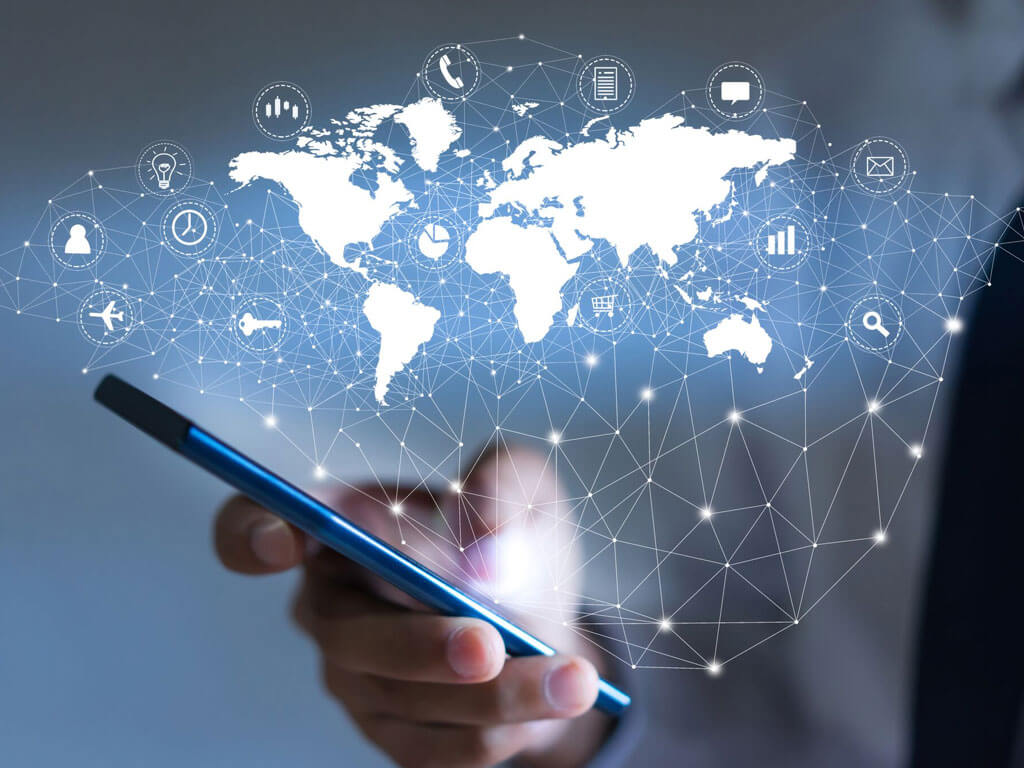Author: Tom Stinton
As we launch our Internet of Things Banking Platform and share our initial concepts, I want to hear your ideas for how connected devices could help you make more of your money.
Today’s digital money is too easy to spend; you can’t physically see or touch it. Newly emerging connected devices could change all that and, in doing so, help us gain back control over our spending.
Tap to pay. Touch to pay. Click to pay. Buying things has never been easier. In fact, it’s so easy that we can almost do it without giving it a second thought…
But there lies the problem. In transforming the tangible cash we can touch and feel in our purses and wallets into virtual bits and bytes, the digital world has made it harder to keep track of how much money we actually have. Our brains are less likely to take on board how much we are actually spending now that we no longer actively count out the pounds and pennies we spend. Worse still, we are less likely to realise how much money we have left now we can no longer physically feel or see how much cash is in our pockets.
So how do we help our senses gauge and our brains better understand our financial status in the digital age?
The answer may lie in an emerging technological concept known as the ‘Internet of Things’ (or IoT for short).
An increasingly connected world
The world around us is becoming increasingly connected. You may have heard the terms ‘connected home’, ‘connected car’ or even ‘connected factory’. It’s simply a reflection that everyday objects increasingly have sensors, processors and network connectivity embedded within them.
Your wearable fitness tracker can also talk to your mobile. Your thermostats and house alarm can talk to your smart home monitor. If you have a Samsung washing machine and Samsung mobile, they can talk to each other too. One day your fridge, oven, car and more will be able to talk to each other to help you manage your life – automatically.
That, in a nutshell, is the IoT.
So, what has this got to do with banking?
What IoT banking might look like
What if – since with digital money you can no longer physically feel how much cash you have left in your purse or wallet – one or more of your connected devices lets your senses know the status of your finances? In doing so you would essentially be connecting your digital bank account with the physical world around you.
Let me give you just a couple of examples to explain the concept.
Take Pavlok. It’s a little gadget you put on your wrist to help you break bad habits. It uses vibration, beep, tap and zap sensations to train your brain to dislike bad behaviours and prefer good ones. You could train it to zap you and grab your attention whenever you enter a shop where you tend to overspend. That might deter you from buying the gadgets, shoes, bags or books that are over-stretching your finances.
Another idea could be Nest, the learning thermostat that lets you control your heating from your mobile, tablet or laptop. What if you could link your Nest to your bank account so that if, for instance, your finances went below a certain level it turned your heating down one degree? Not only would you sense that your finances are in trouble, but its actions would help you save a few pounds too.
You’re in control
I’m sure you could come up with some other interesting ideas, and I’d love to hear about those (you can share your thoughts in the comments section at the bottom of the page). After all, with new connected ‘things’ coming onto the market on an almost daily basis, the choices you have for your own ‘IoT Bank’ are expanding rapidly. You would simply use whichever gadgets work the best for you.
Your IoT Bank puts you in total control. You may decide want to train yourself to kick bad habits through simply making yourself think more about what you spend … or you may decide that you want to reward yourself too. Imagine if you had a food or drink dispenser connected to your IoT Bank – you could reward good behaviours with a bar of chocolate or bottle of beer!
What about security?
As with all networks security is an important consideration, some device makers and vendors have struggled with the extra security demands that come from making their devices part of the IoT.
Those vendors and their products have attracted a great deal of media attention so if you’ve been hearing about IoT in the media then the question of security is probably on your mind.
A key principle in securing any computer system is the ‘principle of least privilege’, which says that you shouldn’t give a system any more than the minimum amount of access it needs to get things done.
For the use cases that I’ve talked about in this article there would be no need to give smart devices complete access to your bank account, for example. As such, there would be no risk of an IoT device leaking financial data or becoming a backdoor to your bank account.
The role of your bank account would simply be to send out an alert signal when specific thresholds are reached or to indicate an ‘OK to spend’ or ‘hold your horses – put that credit card away’ status in response to a request for the status of your finances.
I’d be really intrigued to hear about what your IoT Bank would look like. Please share your ideas – no matter how bizarre. In fact the more original the better!
After all, if you decided to build your own ‘IoT Bank’, it could be as wacky as the gadgets available and your imagination allows. What’s most important is that it works for you.
Interact Internet of Things Banking Platform
At Intelligent Environments we have been developing our financial services platform, Interact, to enable it to link to devices on the Internet of Things.
Check out our launch video, and let us know what you think.














